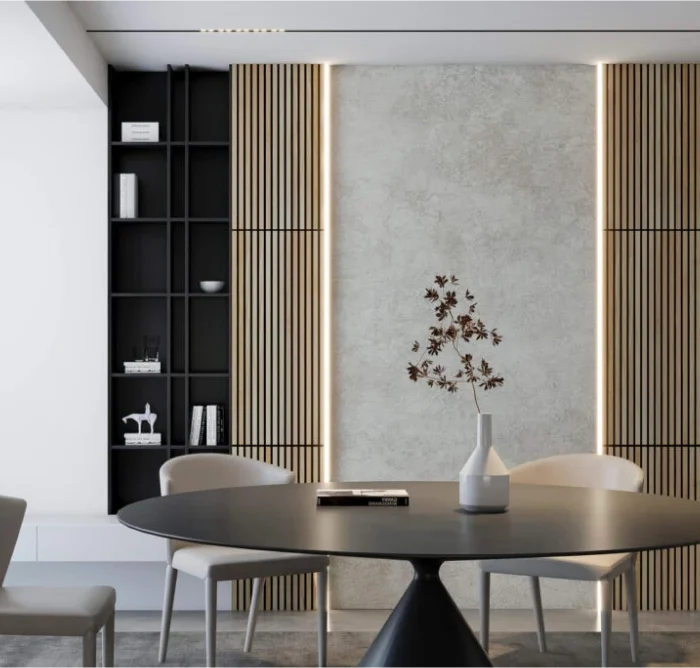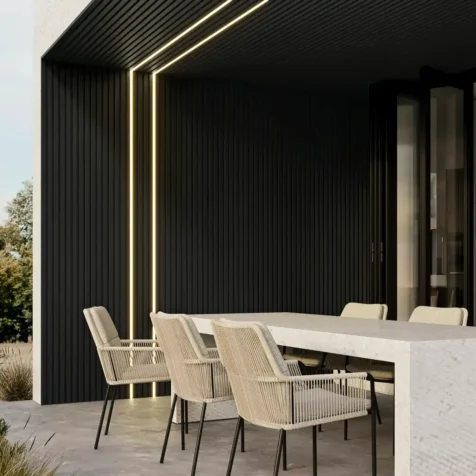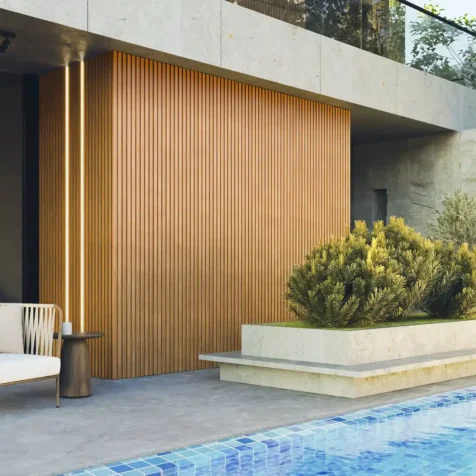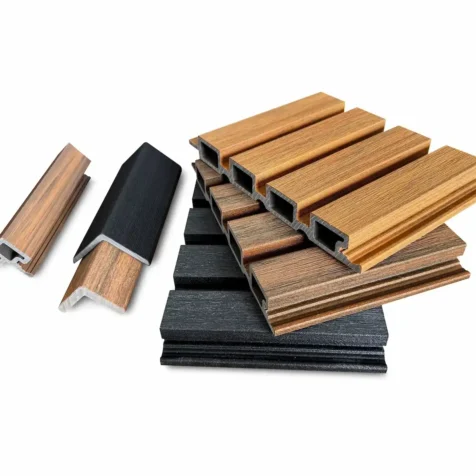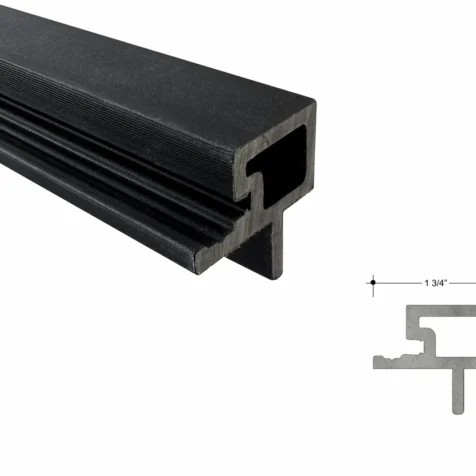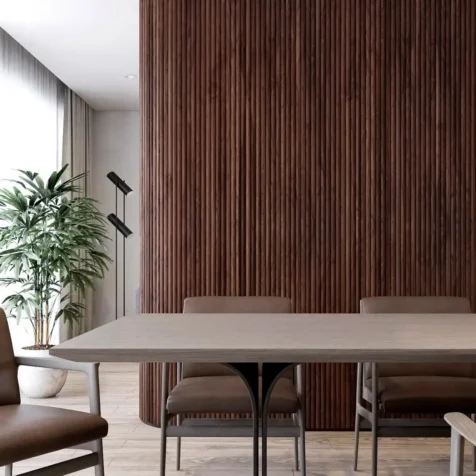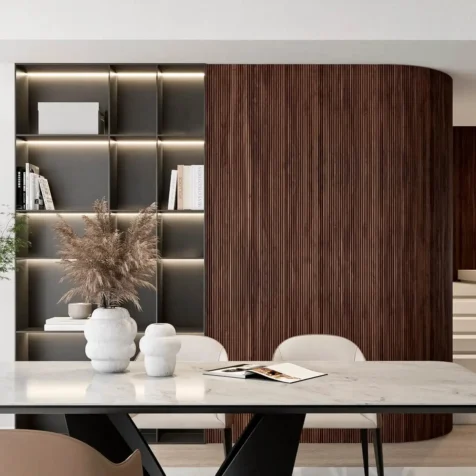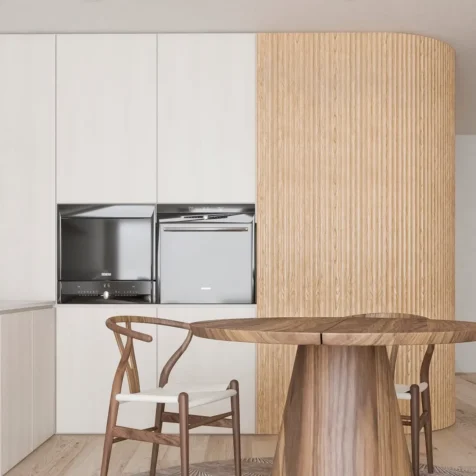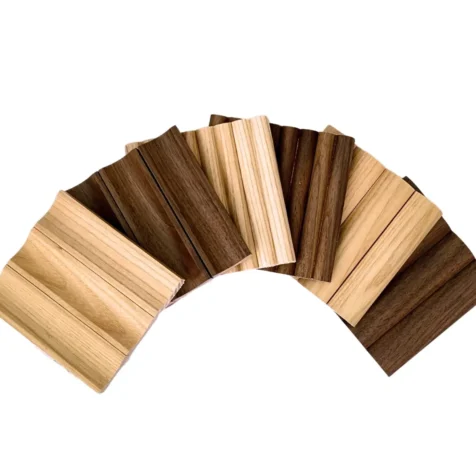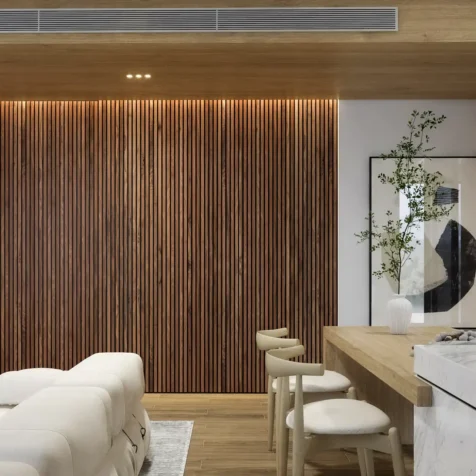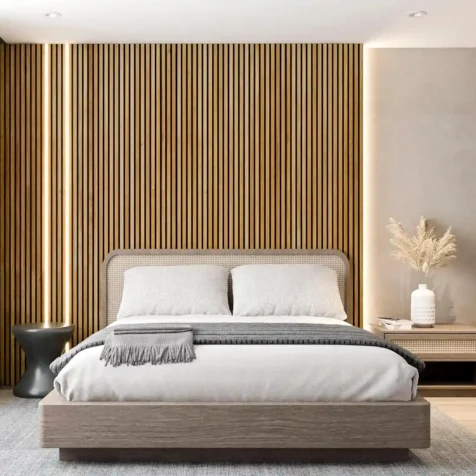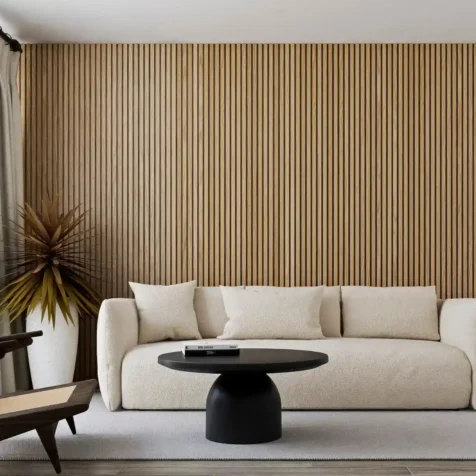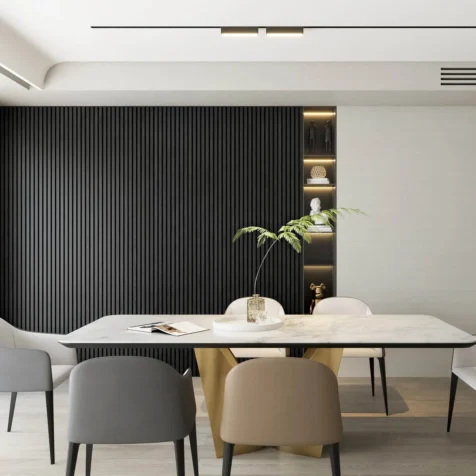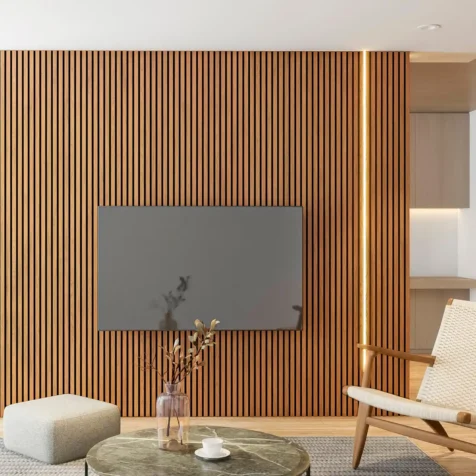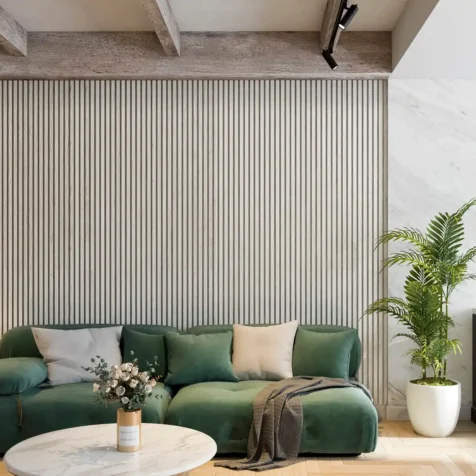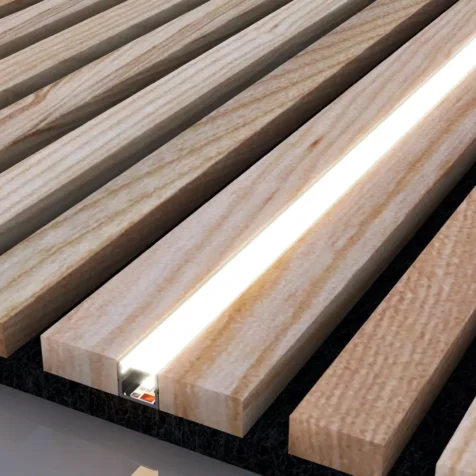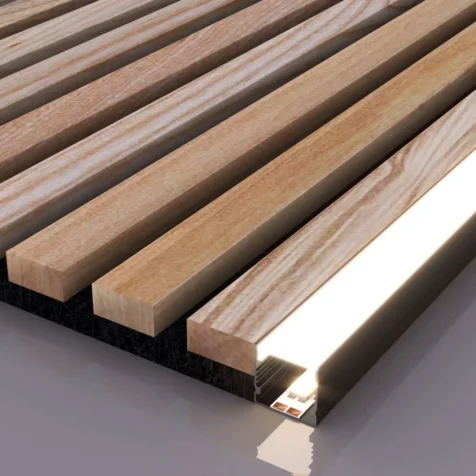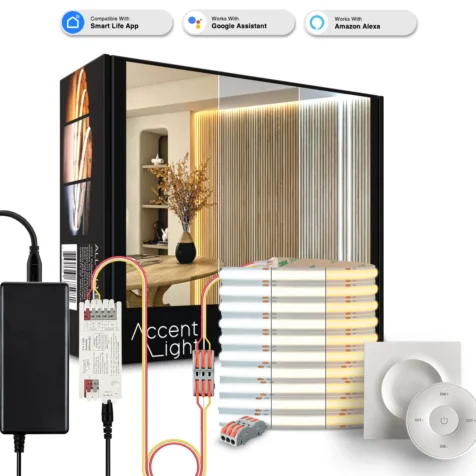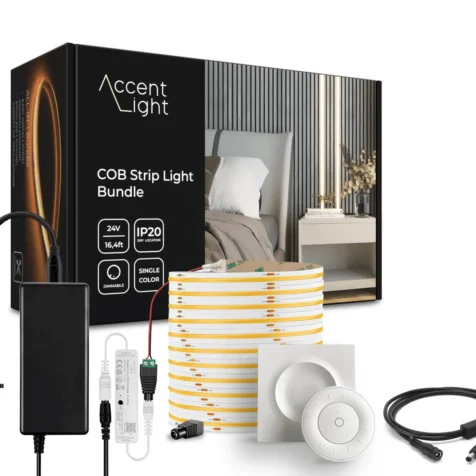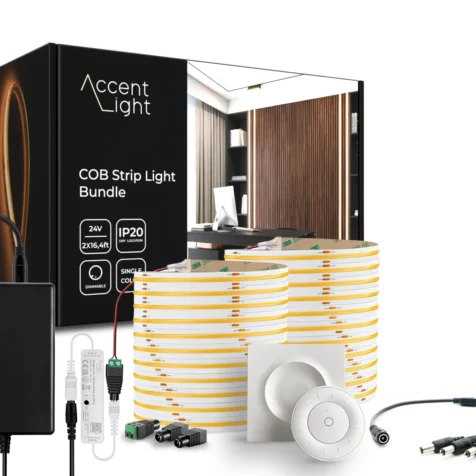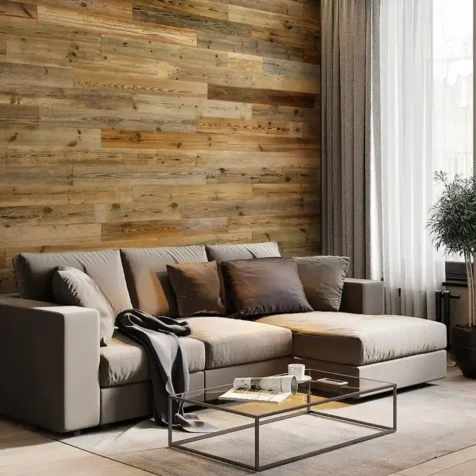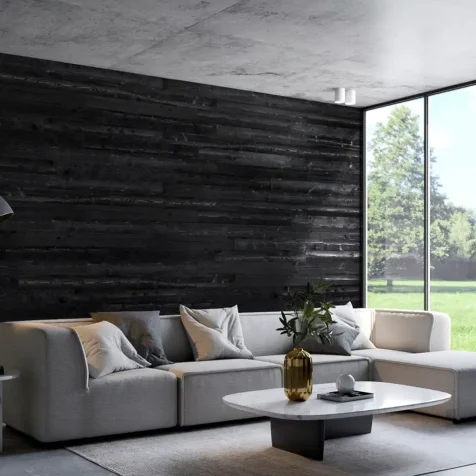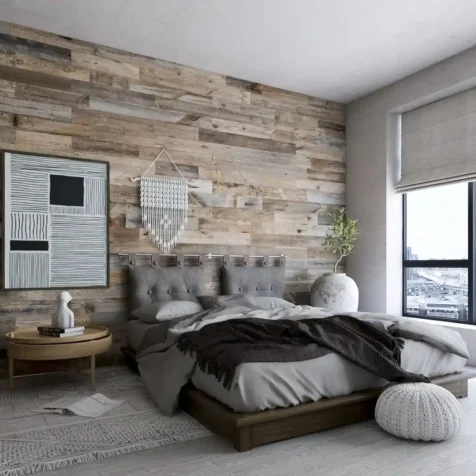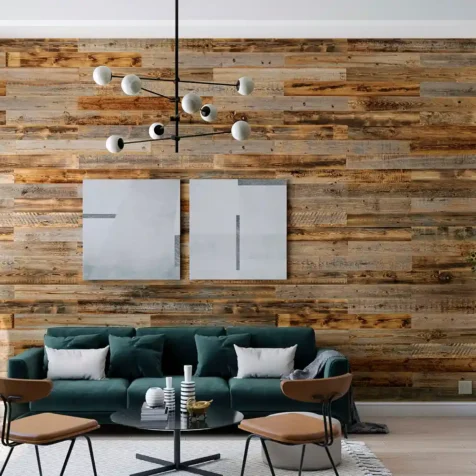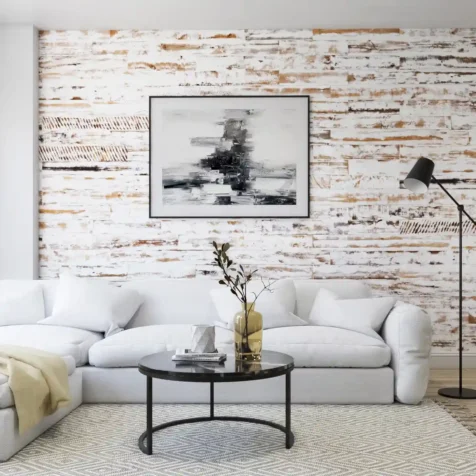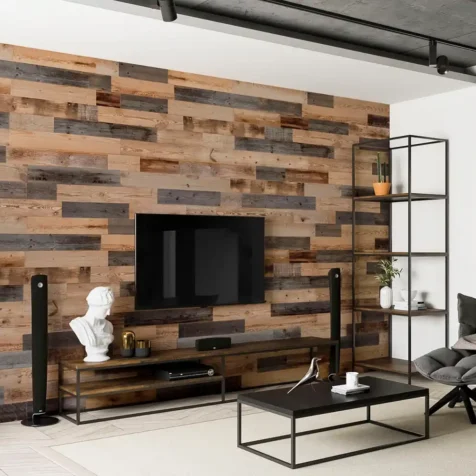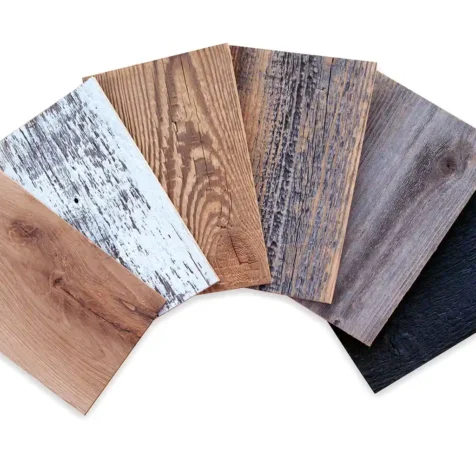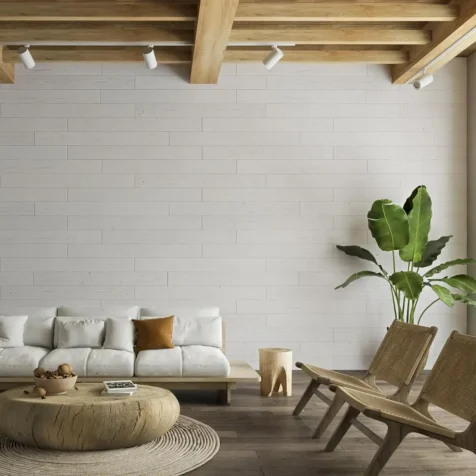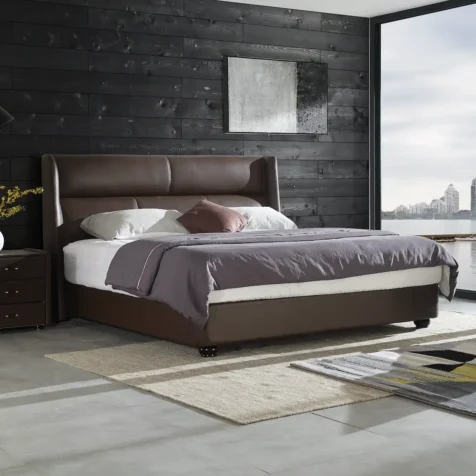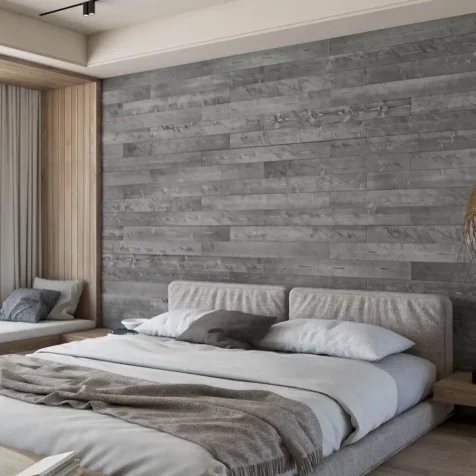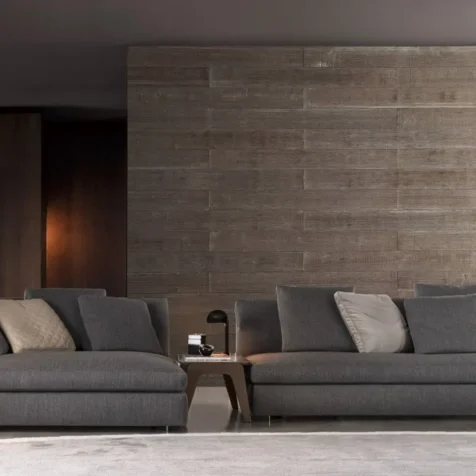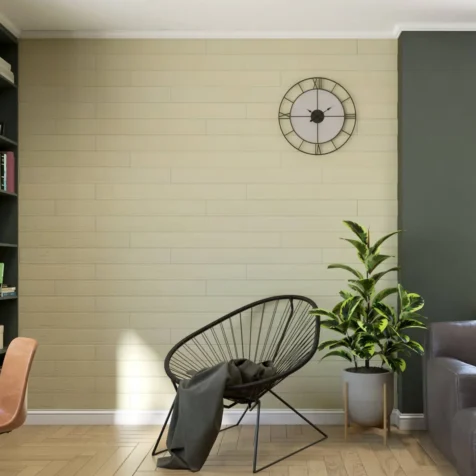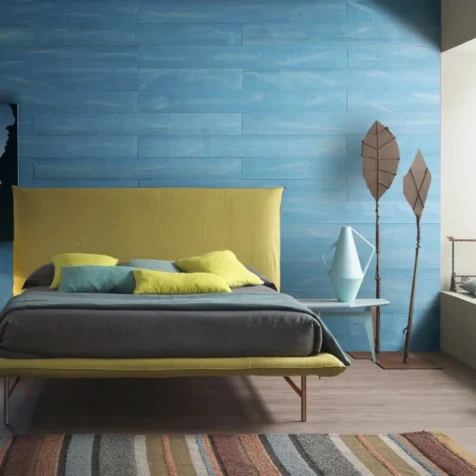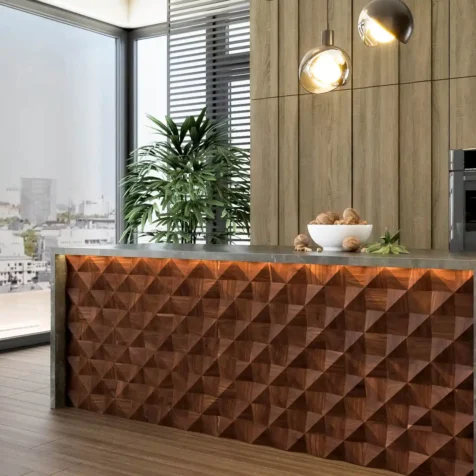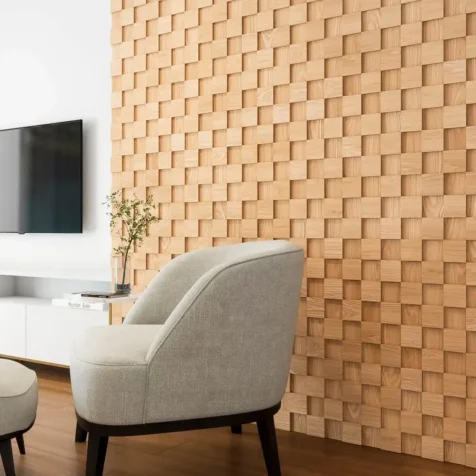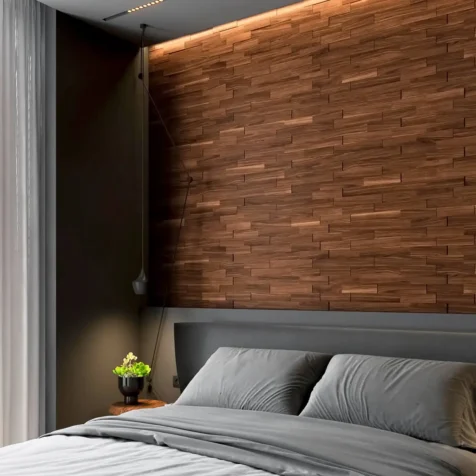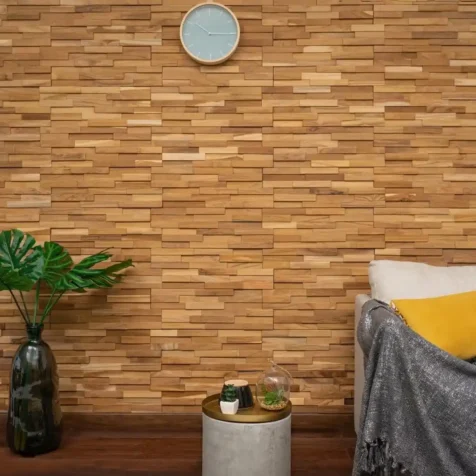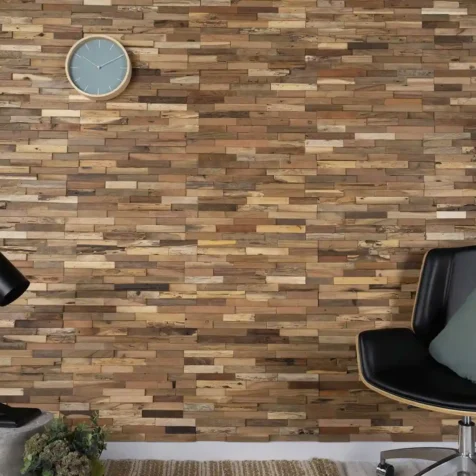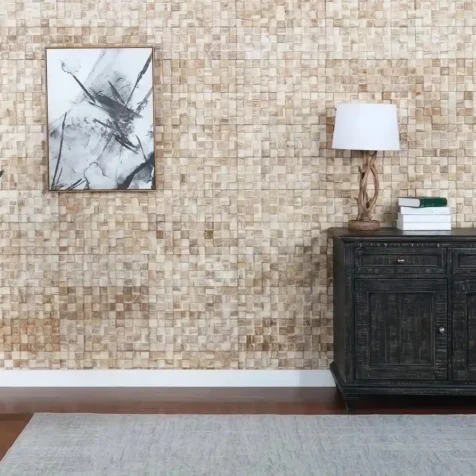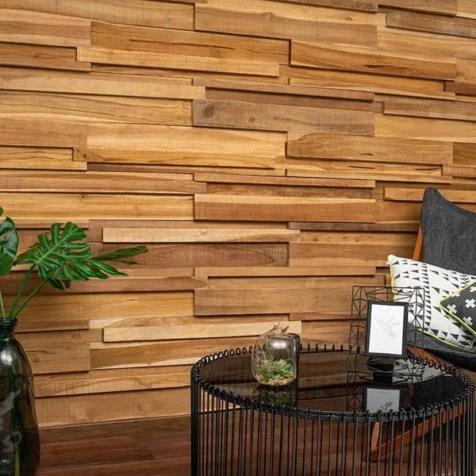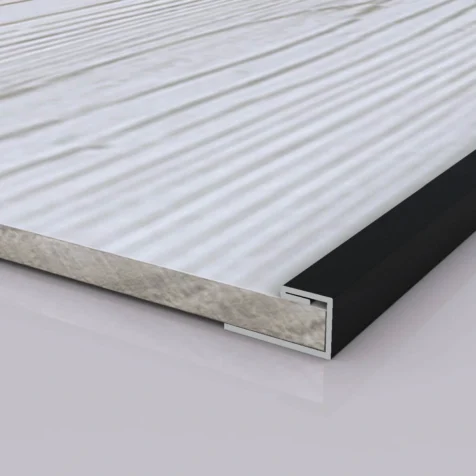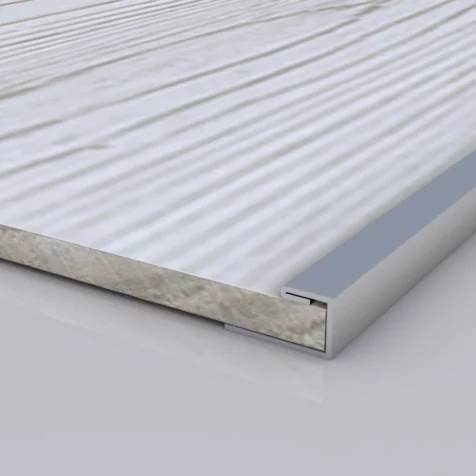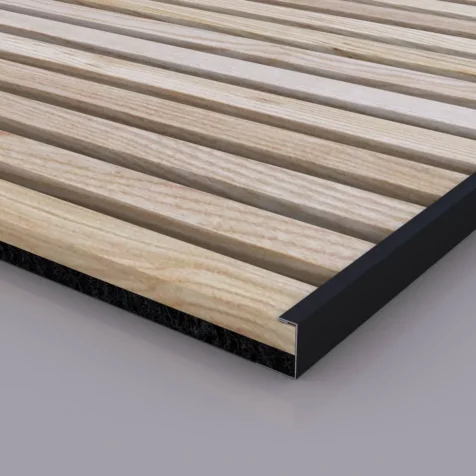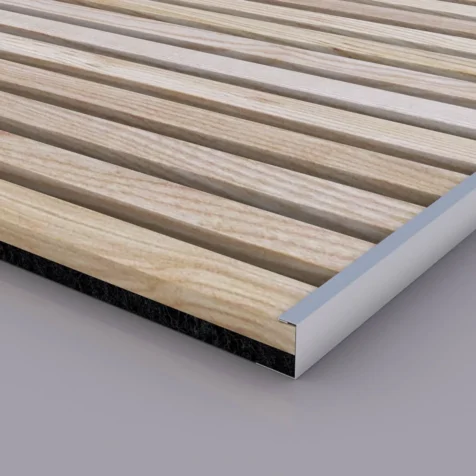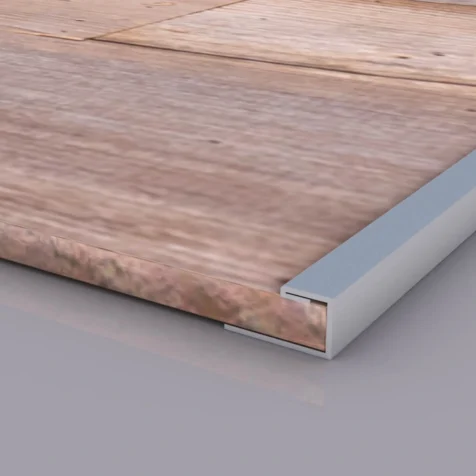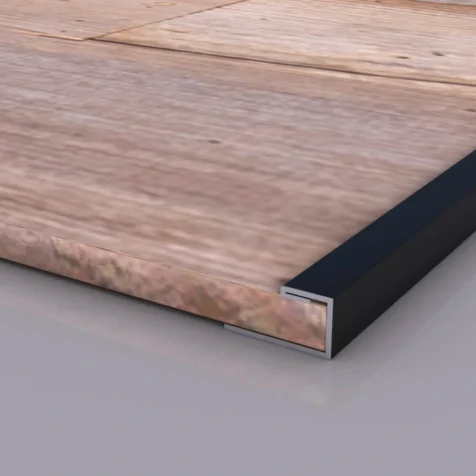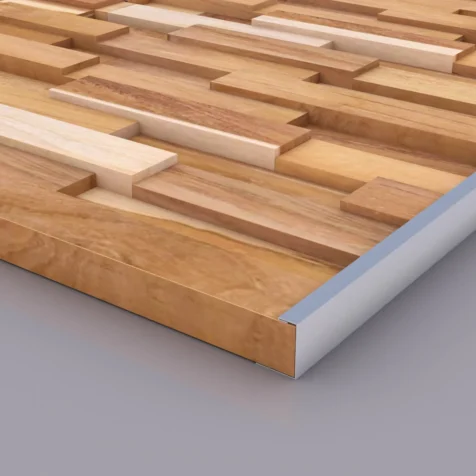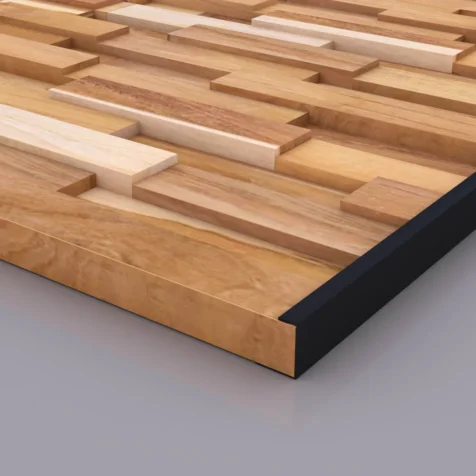How to Install LED Strip Lights On Wall?
Learn how to install LED strip lights on wall with expert advice. Explore benefits, detailed installation steps, and top LED strips for a perfect finish!
Installing LED strip lights on your wall can transform your living space, providing functional illumination and aesthetic appeal. This guide will walk you through how to install LED strip lights on wall process, covering everything from the benefits of LED lighting to step-by-step installation instructions and maintenance tips.
LED strip lights offer a versatile and cost-effective option for enhancing home decor or creating a more energy-efficient lighting solution.
Why Should You Install LED Strip Lights On Wall?
LED strip lights have gained popularity for several compelling reasons:
- Cost Savings: LED strip lights are an economical lighting solution. Their initial cost is often lower than traditional lighting options, and their energy efficiency translates to long-term savings on your electricity bills. LED strips help reduce your overall energy expenses by consuming less power while providing ample illumination.
- Eco-Friendliness: Unlike traditional bulbs, LED strip lights do not contain harmful chemicals like mercury and lead and do not emit toxic gases, making them a safer and more environmentally friendly lighting choice for your home or office.
- Versatility: LED strip lights are highly versatile. It suits various settings, from living rooms to kitchens and outdoor spaces. You can install them to highlight specific areas, create mood lighting, or add an extra touch to your decor.
- Low Maintenance: With long lifespans and low energy consumption, LED strip lights require minimal upkeep. Occasional cleaning and dusting are sufficient to keep them looking and performing their best, and their sturdy design means you won’t have to worry about frequent replacements or repairs.
How to Install LED Strip Lights On Wall?
Now that we understand the benefits of LED strip lights, let’s explore how to install LED strip lights on wall. The process is straightforward and can be completed with a few simple steps:
Step 1: Gather the necessary tools
Before you start, gather all the required tools and materials. You’ll typically need an LED strip light set, a power supply, and connectors.
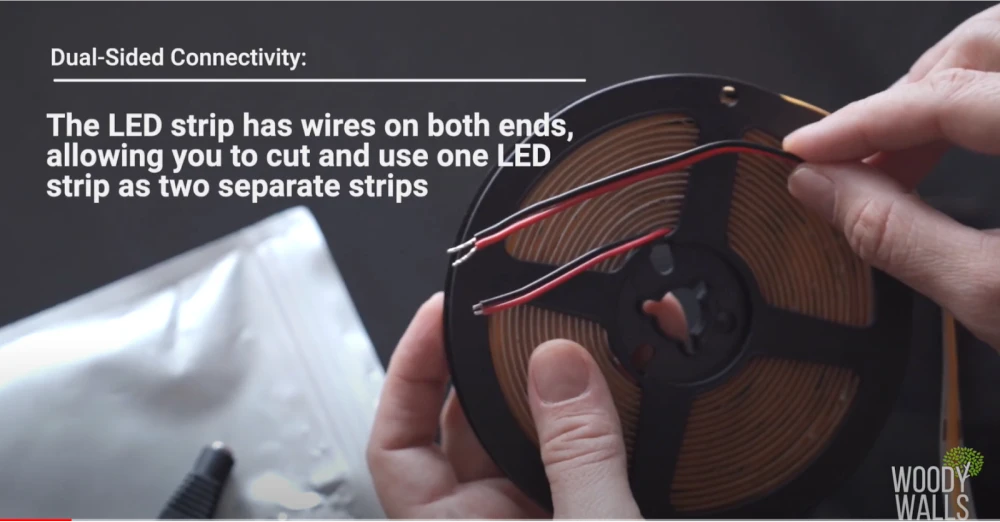
Additional tools like scissors, measuring tape, and cleaning supplies may also be necessary.
Step 2: Clean the mounting surface
Clean the surface where the LED strips will be placed to ensure a strong adhesive bond. Use a soft cloth and mild cleaner to remove dust, dirt, and grease. A clean surface will help the adhesive tape stick firmly, preventing peeling or sagging.
Step 3: Measure and cut the LED strip
Measure the area where you want to install the lights and cut the LED strip accordingly.
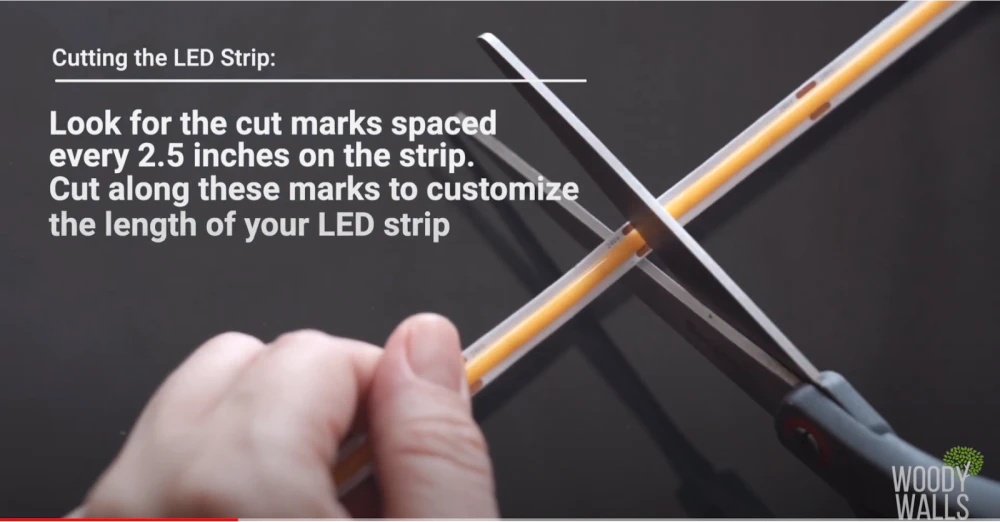
Most LED strips have designated cutting points, usually marked every few inches. Be sure to cut along these marks to avoid damaging the LEDs.
Step 4: Connect the strip to a power supply
When you finish cutting the strip to the desired length, connect it to the power supply using the provided connectors.
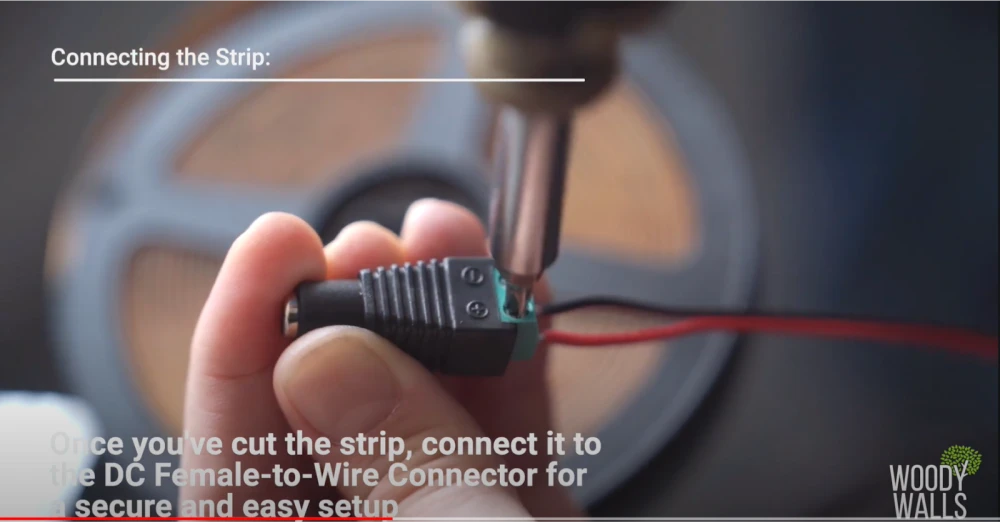
Ensure all connections are secure to prevent any electrical issues.
Step 5: Place the strip onto the surface
Remove the backing from the adhesive on the LED strip and carefully apply it to the wall. Press firmly along the length of the strip to ensure proper adhesion.
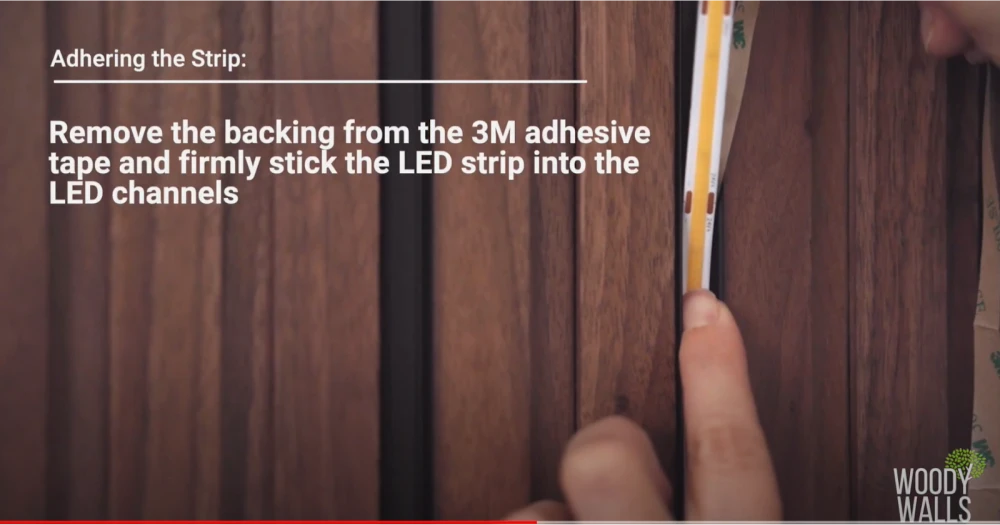
If using channels or diffusers, install these first and place the LED strip inside.
How to Choose a Power Supply (Driver) for LED Strip Lights?
When installing LED strip lights, selecting the appropriate power supply (driver) is essential to ensure optimal performance and longevity. Our LED strips operate at 24V with a length of 16.4 feet (5 meters) and a power consumption of 3.2W per foot. Therefore, you’ll need a power supply that matches these specifications to avoid any power issues.
For a single strip of 16.4 feet, we recommend using a 24V power supply with at least 60W of capacity. This ensures your strip receives enough power without being over- or under-supplied. If you need to cut the strip into two parts of varying lengths, you can still use the same power supply, as long as the combined power usage stays within the capacity of the power supply.
There are two ways to connect the two parts of a cut strip:
Direct connection to the same power supply: Both sections can be individually connected to the same 60W, 24V driver. Series connection: Alternatively, you can connect the strips in sequence, using the same power source. If you’re planning to install two 16.4-foot LED strips, you’ll need a larger power supply with a capacity of at least 120W (24V) to handle the total power demand. Another option is to use two separate power supplies, each rated for 60W (24V), one for each strip.
By choosing the right power supply, you’ll ensure the reliability and safety of your LED lighting system, avoiding potential issues such as overheating or power surges.
Which LED Strip Lights Are Best On Wall?
When choosing LED strip lights for your wall, consider these options:
COB LED Strip
COB (Chip On Board) LED strips are highly customizable and offer precise adjustments for any project. They can be cut every 2.5 inches, allowing you to tailor the length to fit your needs.
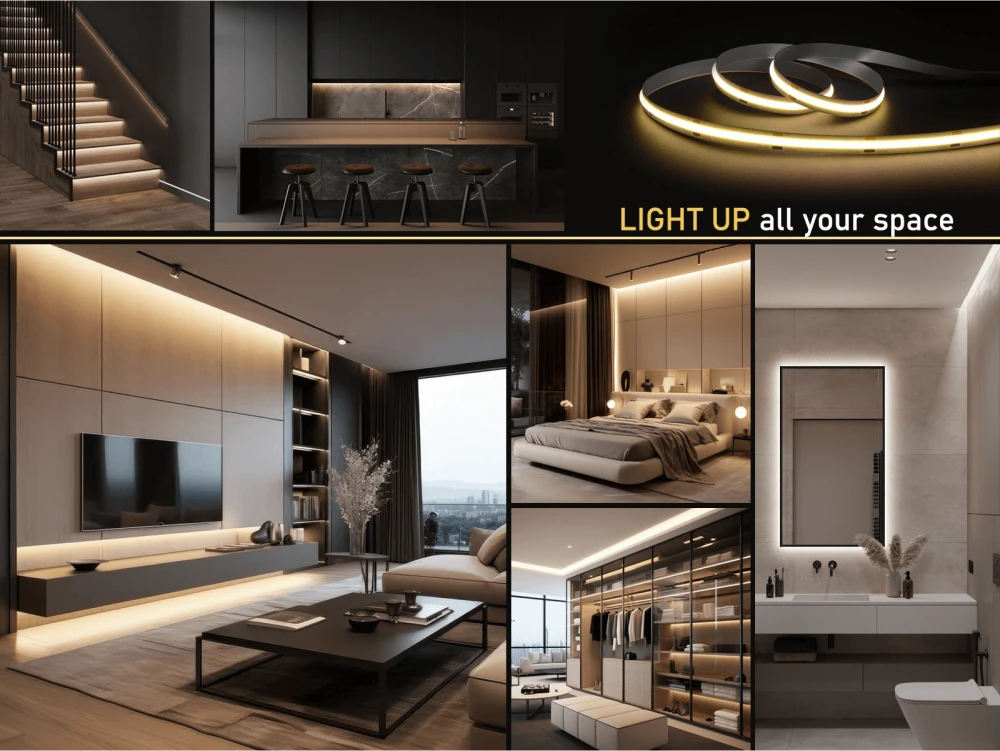
COB strips are ideal for spaces requiring high brightness and uniform lighting, such as kitchens or living rooms.
LED Channel for Wood Slat Wall Panels
Use LED channels with wood slat wall panels for a polished, professional look. These channels protect the LED strips while diffusing the light to create an even, seamless effect.
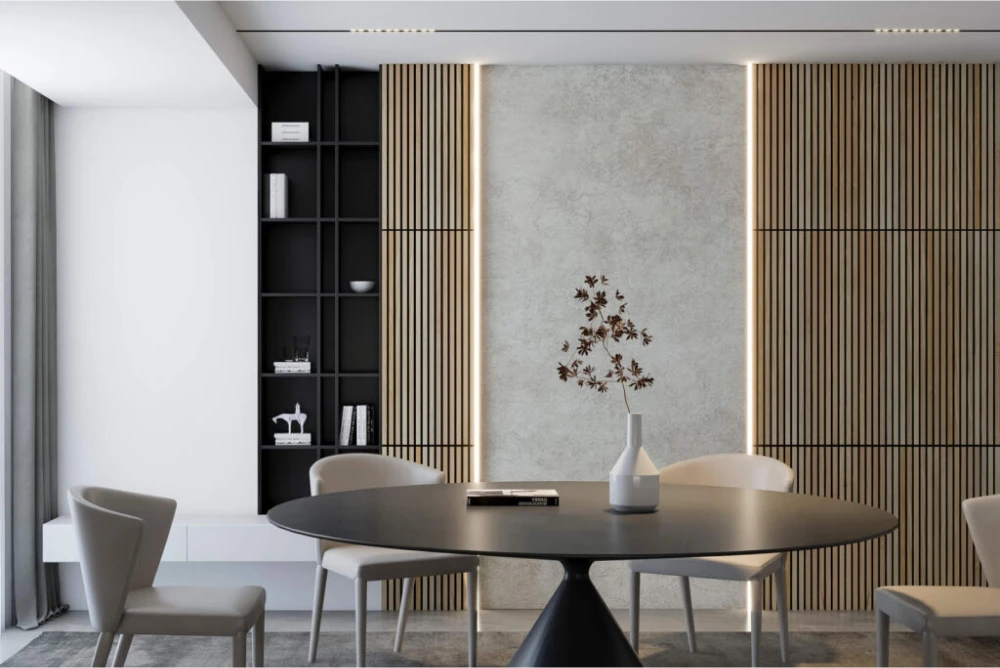
Ideal for enhancing the aesthetic appeal of wood panels, LED channels add a sophisticated touch to any space.
LED Channel for Wood Wall Edging
LED channels designed for wood wall edging provide a sleek, refined finish to accent walls.
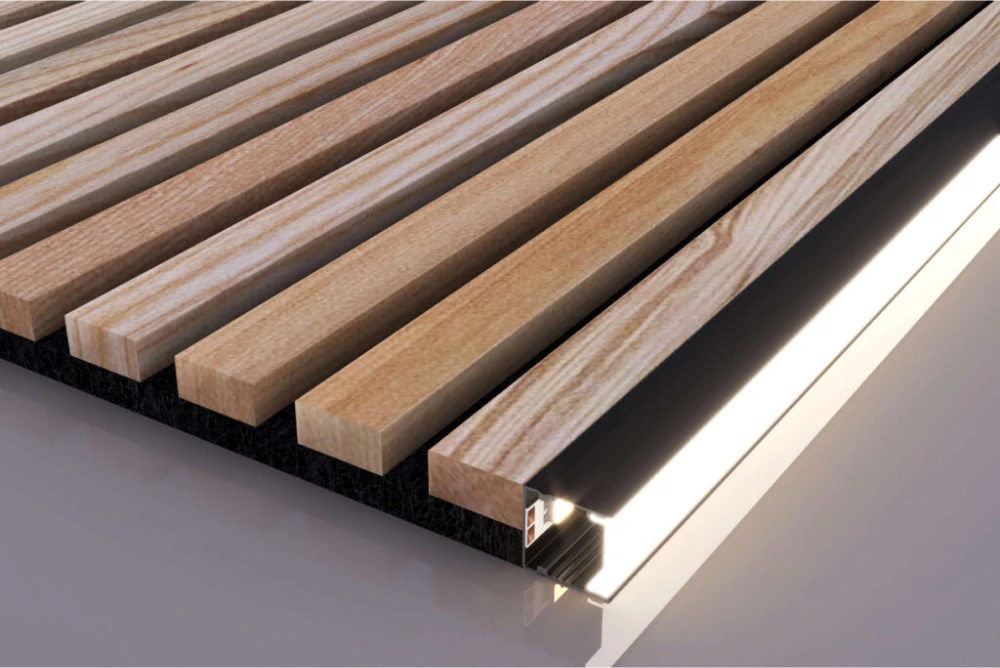
These channels allow you to direct the light according to your preference, whether direct illumination or a subtle glow. Installation is easy, resulting in a beautifully illuminated wood accent wall.
How to Maintain LED Strip Lights On Wall?
Besides knowing how to install LED strip lights on wall, you may want to ensure their longevity and performance by following these maintenance tips:
- Regular cleaning: Dust and dirt can accumulate on LED strips over time, dulling their brightness. To maintain their luminosity, gently wipe them periodically with a soft, dry cloth.
- Avoid harsh chemicals: When cleaning, use only mild solutions if necessary. Harsh chemicals can damage both the LEDs and the adhesive backing.
- Perform frequent tests: Occasionally test your LED strips, especially if connected to a dimmer, to ensure they function correctly and maintain optimal brightness.
Learn How to Install LED Strip Lights On Wall With Woody Walls
We hope you now understand how to install LED strip lights on walls. It includes reasons for choosing LED strips, detailed installation steps, and the best types of LED strips for various applications.
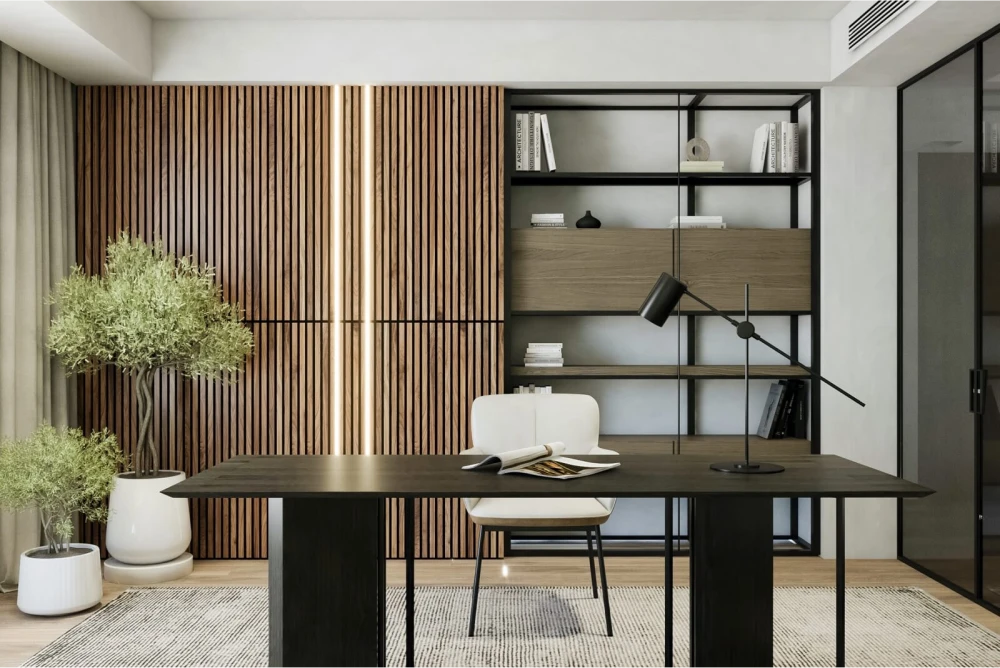
Discover the perfect solution for your lighting needs with Woody Walls. Explore our wide range of wood panel accessories and elevate your space effortlessly. For more information on how to install LED strip lights on wall, visit Woody Walls and enhance your home’s ambiance with style and sophistication!
FAQs
In this FAQs section, we address common concerns related to how to install LED strip lights on wall, providing clear and concise answers to help you achieve optimal results with your lighting project.
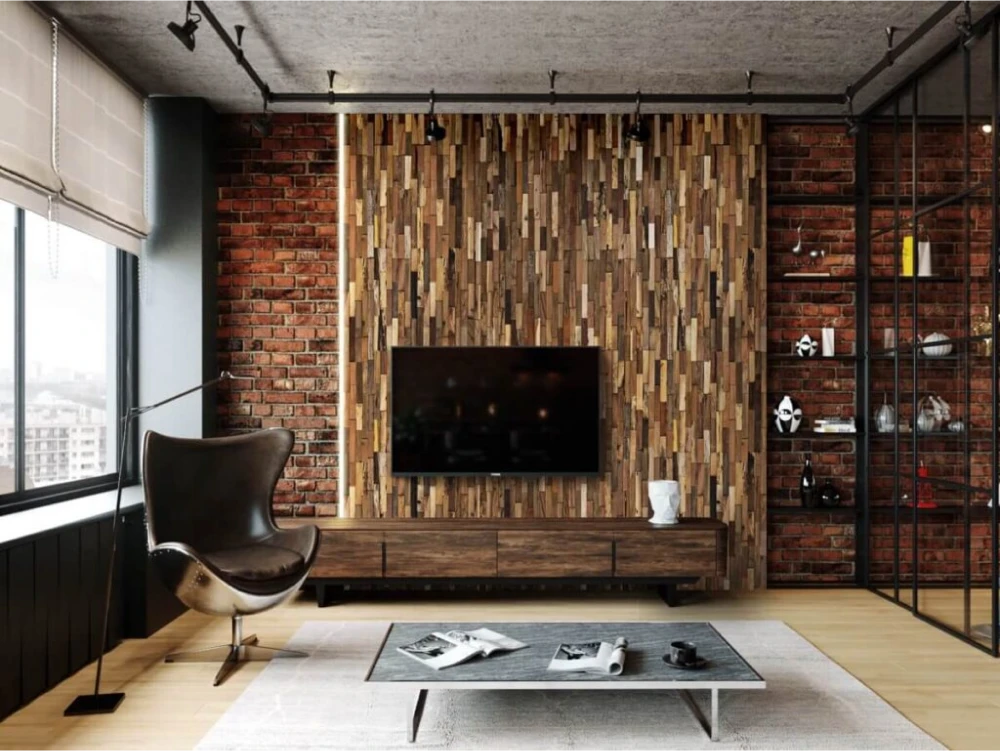
1. How long do LED strip lights last?
LED strip lights typically have a lifespan of 4 to 6 years or approximately 20,000 to 30,000 hours of use based on usage patterns and environmental conditions.
2. Do LED strips peel off paint?
While LED strips generally do not damage paint, improper installation or removal may cause minor peeling. Use appropriate installation techniques and heat to soften the adhesive when removing strips to minimize risks.
3. Is it OK to leave LED strip lights on all night?
Yes, LED strip lights are safe to leave on overnight. They emit minimal heat and use less electricity, significantly reducing the risk of overheating or safety hazards.

